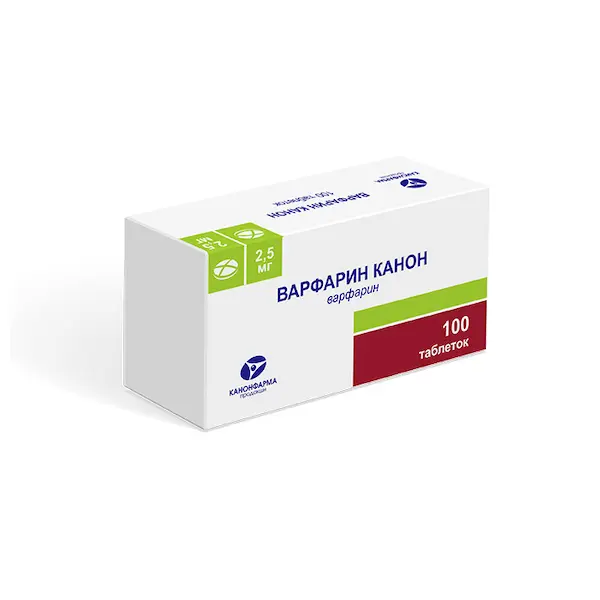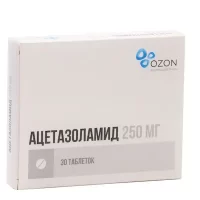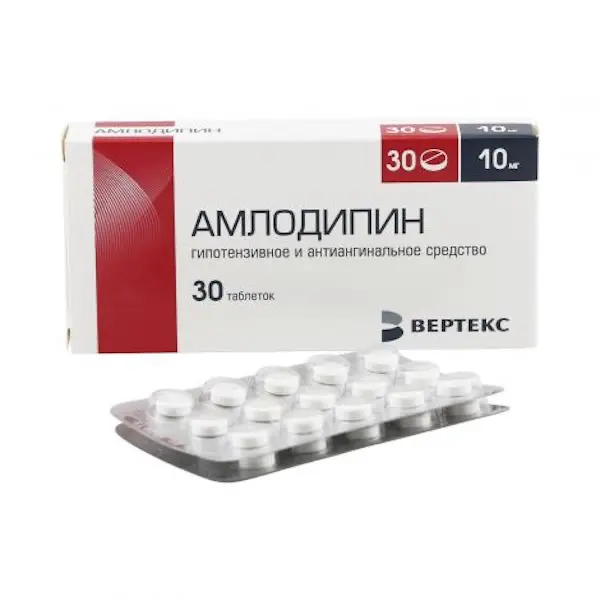Description
Warfarin Kanon Pharmacodynamics
It is an anticoagulant of indirect action. Inhibits synthesis of vitamin K-dependent clotting factors (P, VII, IX and X) and proteins C and S in the liver. Optimal anticoagulant effect is observed 3-5 days after the start of use and stops 3-5 days after the last dose.
Indications
Treatment and prevention of vascular thrombosis and thromboembolism: Acute venous thrombosis and pulmonary thromboembolism; postoperative thrombosis; recurrent myocardial infarction; as adjunctive medication (DM) during surgical or thrombolytic treatment of thrombosis and during electrical cardioversion of atrial fibrillation; recurrent venous thrombosis; recurrent pulmonary embolism; heart and vascular valve replacement (combination with acetylsalicylic acid (ASA) is possible); peripheral, coronary and cerebral artery thrombosis; secondary prevention of thrombosis and thromboembolism after myocardial infarction and atrial fibrillation.
Contraindications
Established or suspected hypersensitivity to drug components, acute bleeding, pregnancy (first trimester and last 4 weeks of pregnancy), severe liver or renal disease, acute DIC syndrome, protein C and S deficiency, thrombocytopenia, patients at high risk of bleeding, including patients with hemorrhagic disorders, esophageal varices, arterial aneurysms, lumbar puncture, gastric and duodenal ulcers, severe wounds (including surgical ones), bacterial endocarditis, malignant hypertension, hemorrhagic stroke, intracranial hemorrhage.
Administration during pregnancy and lactation
Pregnancy
Warfarin quickly crosses the placenta and has teratogenic effect on fetus, resulting in development of warfarin syndrome in fetus at 6-12 weeks of pregnancy. Manifestations of this syndrome: nasal hypoplasia
(saddle-shaped nasal deformity and other cartilage changes) and point chondrodysplasia on x-ray examination (especially in the spine and long tubular bones), short hands and fingers, optic atrophy, cataracts leading to complete or partial blindness, mental and physical retardation and microcephaly. The drug may cause bleeding at the end of pregnancy and during delivery. Administration of the drug during pregnancy may cause congenital malformations and lead to fetal death. The drug should not be administered in the first trimester of pregnancy and during the last 4 weeks. Warfarin use is not recommended for the remainder of pregnancy, unless absolutely necessary.
Women of reproductive age should use a method of effective contraception while using warfarin.
Breast-feeding period.
Warfarin is excreted with breast milk, but when taking therapeutic doses of warfarin, no effect on the breastfed child is expected. Warfarin may be used during breastfeeding. There are no data on the effect of warfarin on fertility.
Dosage and administration
- Inside, once a day at a time, preferably at the same time of day. The duration of treatment is determined by the physician in accordance with the indications for use.
- Control during treatment:
- International normalized ratio (INR) is determined before starting therapy. Thereafter laboratory control is performed regularly every 4-8 weeks. The duration of treatment depends on the patient’s condition. Treatment may be withdrawn immediately.
- Patients who have not previously taken
- Warfarin:
- The initial dose is 5 mg/day (2 tablets daily) for the first 4 days. On the 5th day of treatment, the INR is determined and the maintenance dose is prescribed according to this value.
- Usually maintenance dose of the drug is 2.5-7.5 mg/day (1-3 tablets daily).
- Patients who have previously taken warfarin:
- The recommended starting dose is double the known maintenance dose of the drug and is administered for the first 2 days. Treatment is then continued with the known maintenance dose. On the 5th day of treatment, the INR is monitored and the dose is adjusted accordingly. It is recommended to maintain INR between 2 and 3 in case of prevention and treatment of venous thrombosis, pulmonary embolism, atrial fibrillation, dilated cardiomyopathy, complicated heart valve diseases, prosthetic heart valves with bioprostheses. Higher INRs of 2.5 to 3.5 are recommended for mechanical heart valve replacement and complicated complicated acute myocardial infarction.
- Children:
- There are limited data on the use of warfarin in children. The initial dose is usually 0.2 mg/kg per day in normal hepatic function and 0.1 mg/kg per day in impaired hepatic function. The maintenance dose is adjusted according to INR values. The recommended INR levels are the same as in adults. The decision to prescribe warfarin in children should be made by an experienced specialist. Treatment should be under the supervision of an experienced pediatrician. Doses are chosen according to the table below:
I. Day 1 If the baseline INR is between 1.0 and 1.3, the shock dose is 0.2 mg/kg body weight.
II. Days 2 through 4 if the INR value: Actions:
1 to 1.3 Repeat shock dose;
1.4 to 1.9 50% of the shock dose;
2.0 to 3.0 50% of the shock dose;
3.1 to 3.5 25% of the shock dose;
>3.5 Discontinue drug until INR <3.5, then resume treatment with a dose that is 50% of the previous dose.
III. Maintenance if INR value: Action (weekly dose):
1 to 1.3 Increase dose by 20%;
1.4 to 1.9 Increase dose by 10%;
2.0 to 3.0 No change;
3.1 to 3.5 Decrease dose by 10%;
>3.5 Stop drug until
Reach an INR <3.5, then - Resume treatment with a 20% lower dose
lower than previous dose - Elderly people:
There are no specific recommendations for warfarin administration in the elderly. - However, elderly patients should be closely monitored as they have a higher risk of side effects.





